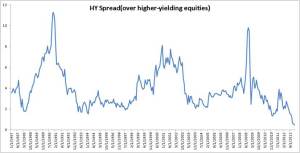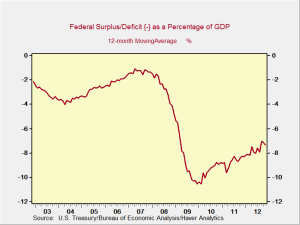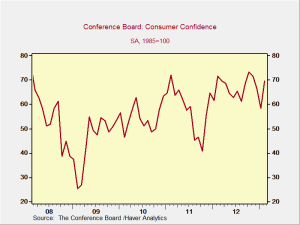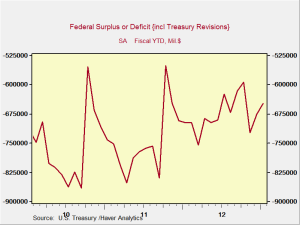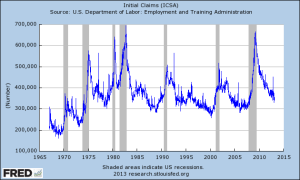The markets have had a good run for the past six weeks, with a return through Tuesday of more than 7 percent for the S&P 500 Index. The run seemed to have been predicated on the fiscal cliff deal at the end of last year, the impression that the Federal Reserve (Fed) would continue to support the economy with low interest rates, the resolution of the European debt crisis, growing corporate earnings and profits, and a real economy in steady recovery. Retail investors had started pouring money back into equities, and there was talk of a “Great Rotation” out of fixed income and back into stocks.
Well, the real economy is still in recovery, but the other pieces of the puzzle are looking ragged. Yesterday, the Fed published minutes from the most recent meeting of the Federal Open Market Committee, showing that the committee is not unified in its decision to maintain purchases of Treasury and mortgage securities. This raises the possibility that rates might increase much sooner than the market had thought. Sequestration has also moved back to the front pages of the major papers, suggesting that the political risk from Washington is rising. In addition, Europe looks to be very much in play again, as Silvio Berlusconi has a shot at the Italian elections— which could blow up the current austerity-driven political consensus—and the economy of the eurozone as a whole continues to weaken, driven primarily by France.


